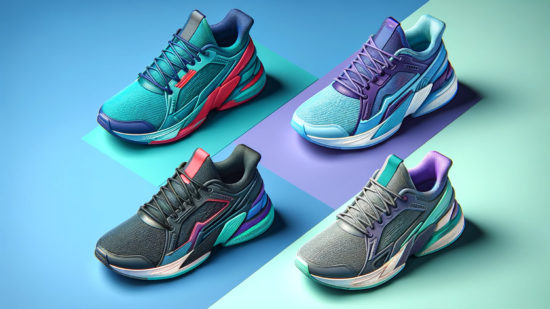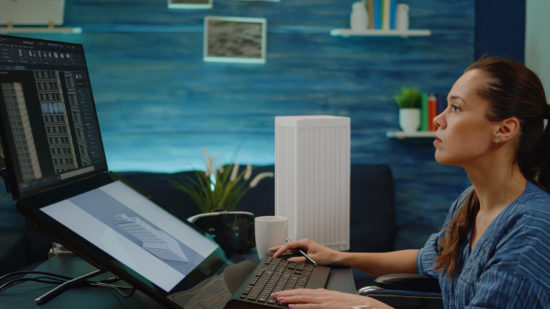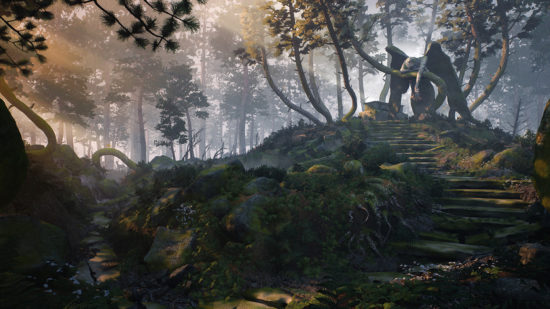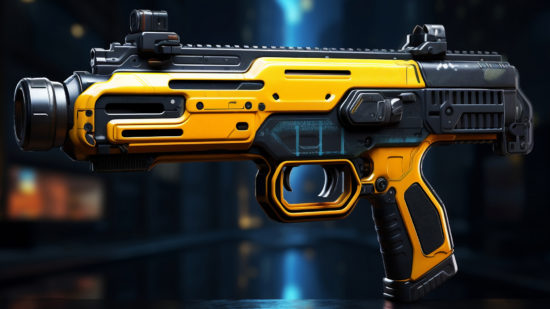There are few ways to connect with people on an emotional level better than giving them a character to empathize with. Wherever they are deployed, 3D characters serve as a perfect springboard. Character 3D modeling can be used to tell a story, create a positive or negative focal point, relate ordinary human experiences, and much much more.
From movies to games and presentations, these models are used in a wide variety of media, and the demand for custom 3D modeling services has never been higher. Whether you are new to the world of 3D modeling and want to know everything to know about how to make character models, or have plentiful design experience that could be boosted by some tips, we’ve got you covered. This article will examine the ins and outs of creating 3D characters.
Common Questions about Character Modeling
Our studio specializes in a full spectrum of 3D services, so we can offer an expert perspective on some of the top questions that come up about character modeling, usually asked before you create custom 3d characters:
What is the difference between 2D and 3D modeling?
There are major differences in the creation process for 2D and 3D models. For 2D assets, you can draw, paint, clip together, and illustrate flat shapes on a wide variety of surfaces and using countless tools (pencil, marker, digital brush, etc.), whereas 3D models are all created digitally. Thus, the distinction lies in the tools (in the case of 3D – software) used to create the asset and its final characteristic – spatial realism and volume.
Can a 2D character be made into a 3D character?
Yes, sure. Multiple programs exist to convert 2D assets into 3D assets, but they cannot serve as a “be-all and end-all” solution. They can add some depth to an image, but you will still have a lot of work to do to get the proportions, texture, and details right, not to mention jumping through some loops with file formats. Given the low accuracy of this approach, many modelers prefer to create a new 3D mesh, simply using the 2D image as a reference.
How long does it take to model a 3D character?
It can take anywhere between an hour and many weeks. An hour if your character form includes simple shapes and few details, and more time is required the more complexity, texture, and detail is added. Two other factors can have a major impact on the time it takes: 1) the polygon count of the model; 2) which modeling technique (sculpting, conversion from 2D, poly mesh, etc.) is used to create the asset. You can find more in-depth information about these factors lower in the article.
Where Can You Use 3D Characters?
Let’s take a look at the many uses of 3D character models:
-
Enterprises
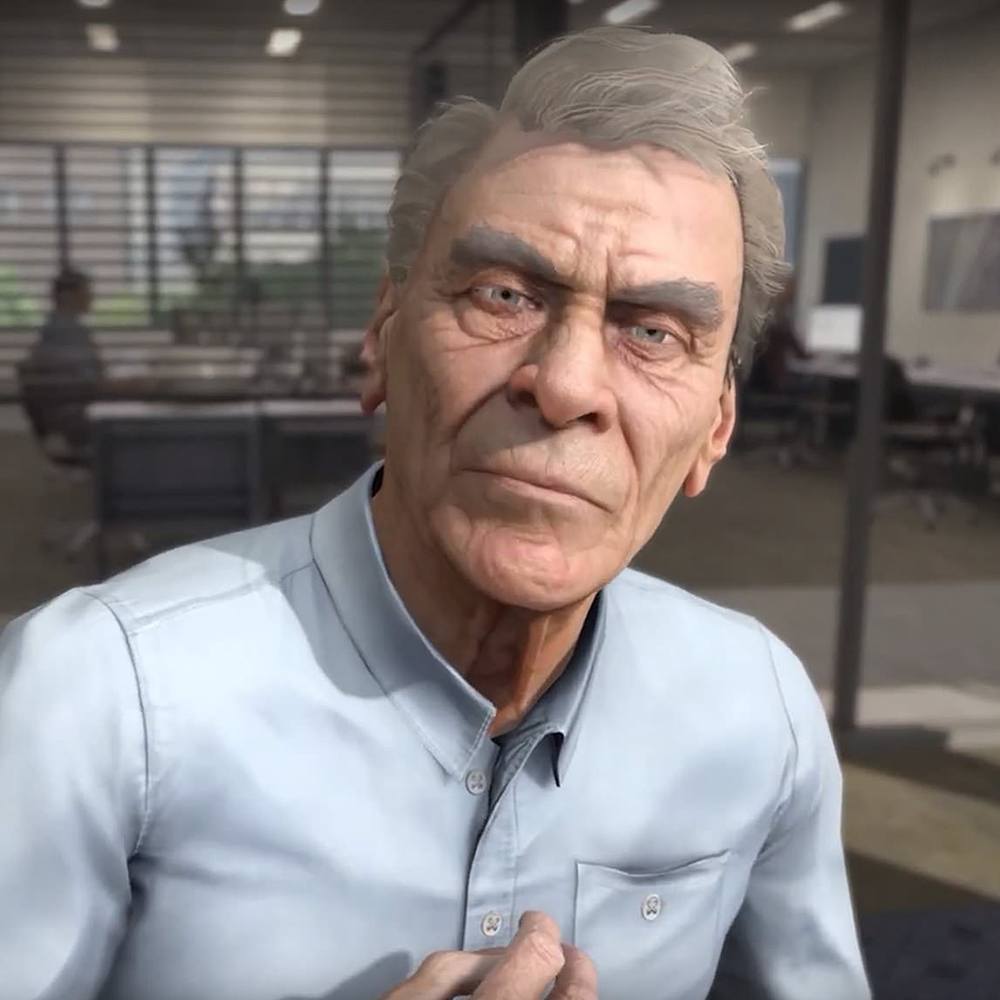 First and foremost, characters are essential in the creation of training programs and simulations. When employees need to learn a new procedure or technique, they can use the character as a reference to how they should do the action. One example of this is Barry, a grumpy old man in a training simulation meant to teach company executives and HR reps how to appropriately let employees go.
First and foremost, characters are essential in the creation of training programs and simulations. When employees need to learn a new procedure or technique, they can use the character as a reference to how they should do the action. One example of this is Barry, a grumpy old man in a training simulation meant to teach company executives and HR reps how to appropriately let employees go.
-
Games
 Many people associate 3D characters specifically with games, and for good reason. These models serve as protagonists, antagonists, or neutral figures that move the gameplay forward. They become part of a larger narrative and are important for hooking players to a story and keeping them playing the game. For example, the Rock Golem designed by 3D-Ace serves as a boss in a game fight. He is a menacing figure with great power that the player has to overcome to continue their quest.
Many people associate 3D characters specifically with games, and for good reason. These models serve as protagonists, antagonists, or neutral figures that move the gameplay forward. They become part of a larger narrative and are important for hooking players to a story and keeping them playing the game. For example, the Rock Golem designed by 3D-Ace serves as a boss in a game fight. He is a menacing figure with great power that the player has to overcome to continue their quest.
-
Media
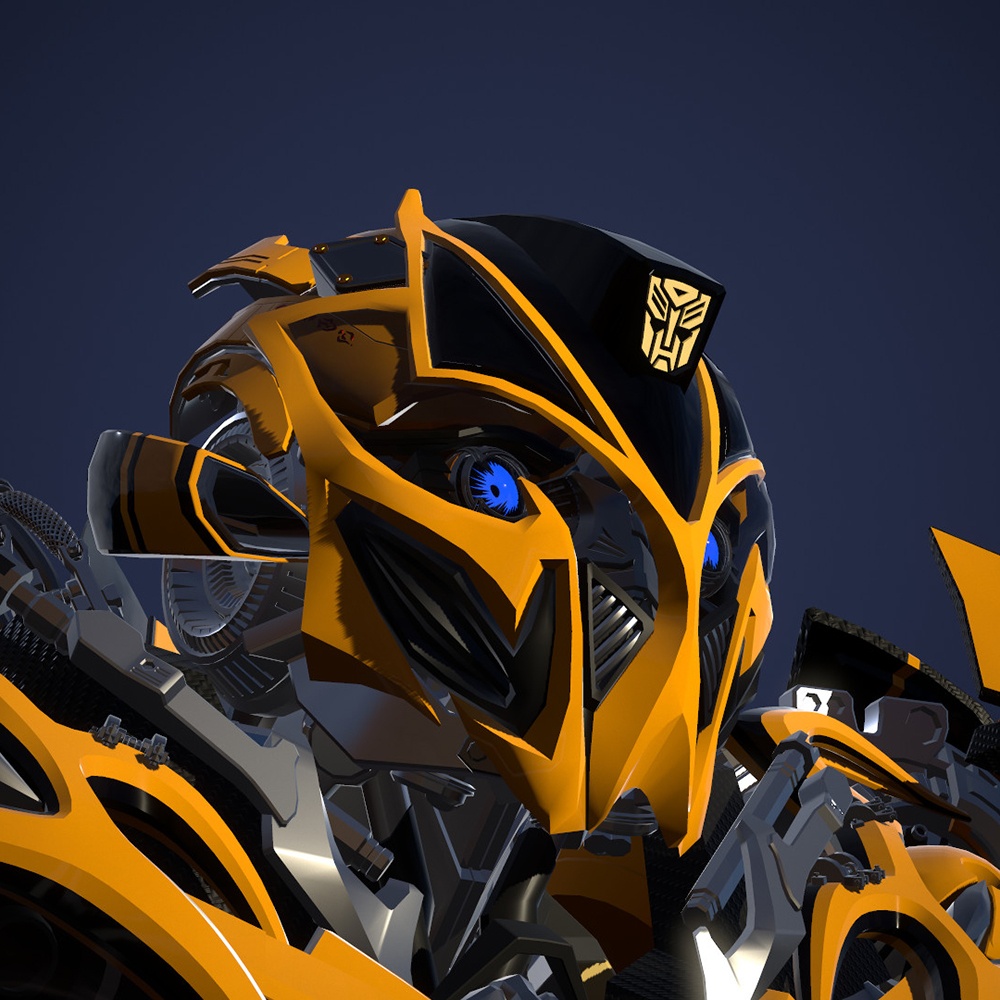 We are referring to videos, cartoons, films, and various other visual mediums intended for a general audience. Sometimes, the media is created to entertain (like Pixar films or comedic shorts), and sometimes, it has a more serious purpose. For example, many science and history-related broadcasts have opted to make a movie character in 3D to illustrate events and processes, while schools and other institutions apply them to make education more interesting and accessible. 3D-Ace showed off its animating chops by bringing Bumblebee, the beloved Transformers character to life, and showing off how he moves and expresses himself.
We are referring to videos, cartoons, films, and various other visual mediums intended for a general audience. Sometimes, the media is created to entertain (like Pixar films or comedic shorts), and sometimes, it has a more serious purpose. For example, many science and history-related broadcasts have opted to make a movie character in 3D to illustrate events and processes, while schools and other institutions apply them to make education more interesting and accessible. 3D-Ace showed off its animating chops by bringing Bumblebee, the beloved Transformers character to life, and showing off how he moves and expresses himself.
-
Marketing
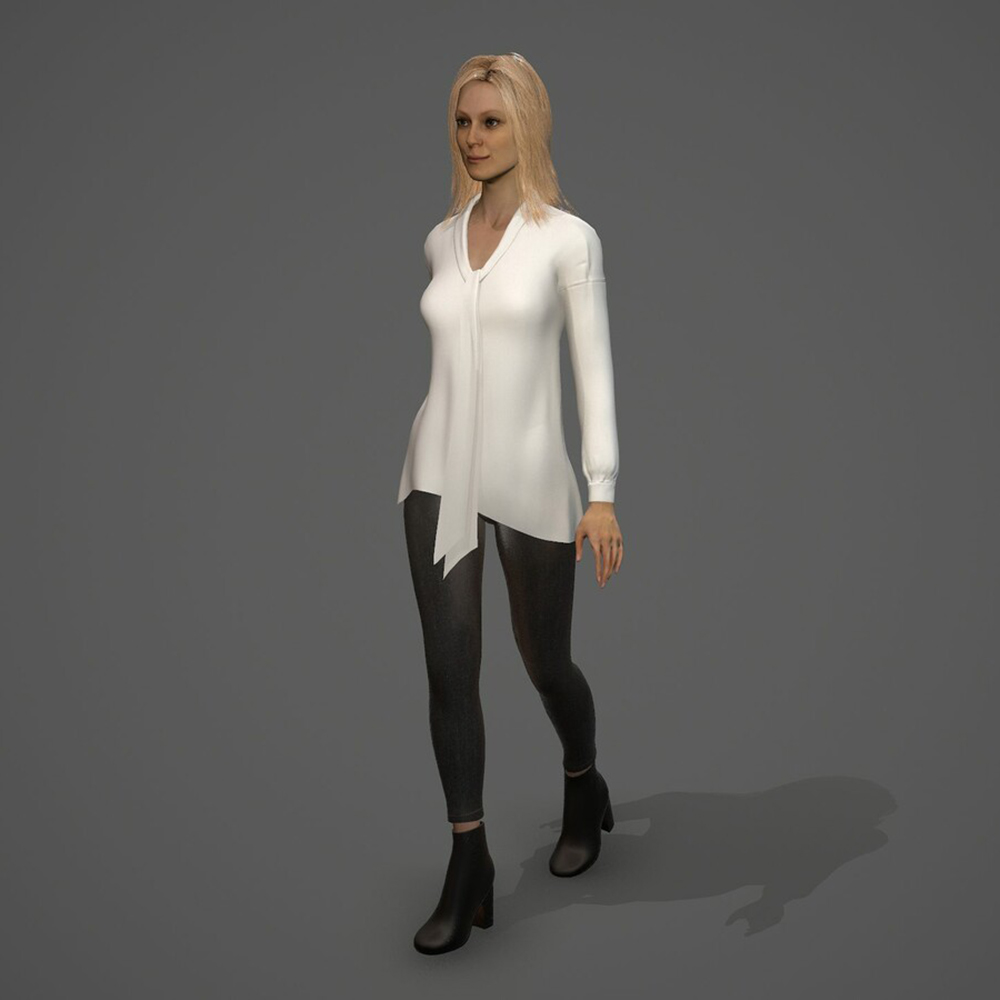 Today, 3D character models are used in advertisements and marketing materials by thousands of brands. Companies have discovered that one of the best ways to show off their product is by demonstrating how people interact with it, or just creating zany animation and characters with a unique style of design. For example, to show off a beautiful blue polka-dot dress, 3D-Ace created an animated mannequin based on a 3D female character design that spins, with the skirt of the dress moving in lifelike fashion.
Today, 3D character models are used in advertisements and marketing materials by thousands of brands. Companies have discovered that one of the best ways to show off their product is by demonstrating how people interact with it, or just creating zany animation and characters with a unique style of design. For example, to show off a beautiful blue polka-dot dress, 3D-Ace created an animated mannequin based on a 3D female character design that spins, with the skirt of the dress moving in lifelike fashion.
Should you choose high poly or low poly characters?
As we have mentioned, the poly count is an important factor that influences the design time of a model. Traditionally, a 3D model is made up of dozens, hundreds, or thousands of polygons – shapes that add detail and form to a model. Most models have at least 10,000 polygons and require one-two weeks of work to complete, but there is no defined standard and some artists are able to achieve in 5,000 polygons what other artists are not able to do with 100,000.
So which to choose for your model?
Firstly, you should consider your limitations. Do you have the time to work days or weeks on a single model? If you’re adding the model to software or making it available on the web, will the poly count affect performance and the user experience?
Take for example this model of a zombie security guard:
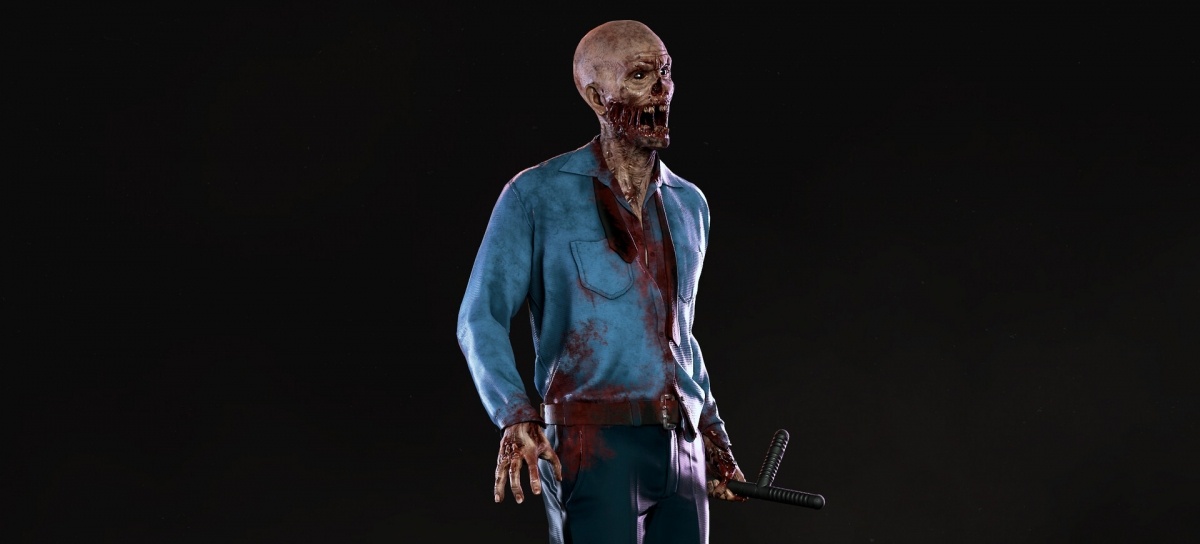
Our specialists understand how to make video game character models that are attention-grabbing, and designed this one for an adventure game. It serves as one of the main enemies encountered by the player. Since we were aiming for a high level of realism and the game engine could handle it, we put a lot of time into this model and it ended up with a high poly count. Looks impressive, doesn’t it?
On the other hand, we had a different experience creating the animal characters for the game “Don’t Mess With Texas”. Check out this simple 3D character design:
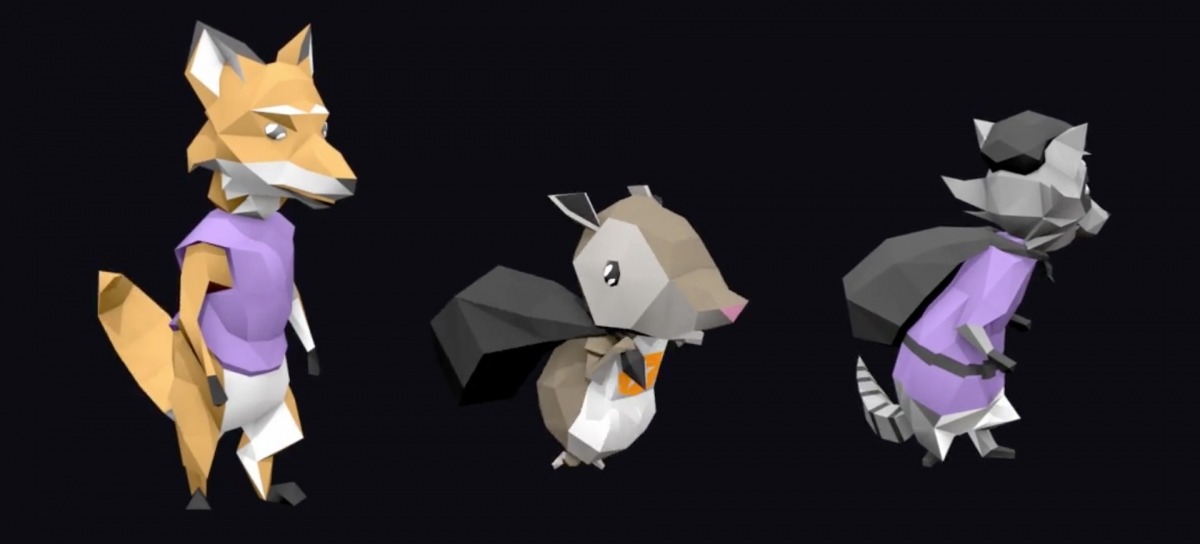
This game was made many years ago and under very tight timeframes. Because our client wanted the visuals to run smoothly on low-end devices (which were not very powerful at the time), we went with a low poly character model and the resulting level of performance was phenomenal.
How to 3D Model a Character
There are two ways to look at this – the process or building only the model or the whole 3D asset with all accompanying characteristics. To give a much more comprehensive idea of the process, we will be looking at all the main stages of creating a whole 3D asset.
1. Concept art
Concept art is very useful for determining the direction a modeler should go in for their design. Oftentimes, the art director has a vision for a model but wants it depicted in a sketch or concept art piece before the modelers spend weeks on (what could be) a flawed design. For example, though this 3D character concept with a soldier never culminated in a 3D asset, it helped inform the modeling going forward and let us create even better designs.
2. Modeling
There is no universal technique used for modeling, and artists have several methods available at their disposal. Sometimes, the reference used for the model is a piece of concept art, and sometimes it is something more tangible, such as an action figure or completed model. For physical assets, scanning and touchup can be valid modeling techniques. As for completed models, sometimes their polygon counts need to be scaled down in a process known as retopology. In all other cases, the asset is created using 3D software with a technique like sculpting or box modeling.
3. Texturing
By themselves, models only have form and detail. They lack color and texture, which the process of texturing addresses. At the start of the process, the materials that will serve as the textures are created. The textures are made in 2D, so to make them properly apply to 3D models, they should be unwrapped and saved into a file called a bitmap in a process known as baking.
4. Setting up movement and environment
If your character is meant to move around, you will need to establish the parameters for this movement to take place. For example, if the character is part of a larger 3D environment, you will need to do some blocking (or blockout) to set the guidelines for the area where they will move and which aspects of the environment will be inaccessible/unaffected.
As for character movement, it is made possible through rigging and skinning. Rigging is a stage where the character’s joints, limbs, and “skeleton” are defined. The rigging parameters are then connected to the 3D mesh through the process of skinning and any further movement of the character should correspond to the skeleton and joints defined for them. For example, our animation of a girl’s face has numerous muscles rigged around the mouth, eyes, nose, etc. which allow her to present different expressions.
5. Animation and VFX
This is the stage when the character and its numerous characteristics are integrated into a larger piece of media. Some forms of media only require a render (still image), but most that use 3D characters put them in an app, animation, or video clip. Though many artists struggle with how to animate 3D characters, this can be achieved through various forms of software, with game engines like Unity and Unreal being especially popular. For example, our advertising clip featuring a humorous guy named Red presents a standup-like set and multiple VFX, like his face turning red.
Should You Create a Character Yourself or Hire Modelers?
Before you set off on your adventure of design and modeling, you should know that it takes months to learn how to make realistic 3D characters, and even longer to become good at it. Thus, if you have the time to spare, you can start this journey with online courses and tutorials, or you could trust this process to the experts in their field (e.g. hire a game modeler for a game character).
How much does it cost to make a character model?
There is no inherent cost in creating a model, but you may have to pay for hardware and software. This includes a license for the modeling program you choose and any digital devices needed to capture/create the asset. Undoubtedly, the biggest investment will come in the form of payment for the time spent by experts.
How much does it cost to hire a modeler?
The hourly rates of 3D modelers vary quite substantially based on their cooperation model (full-time work, project work, freelance), their location, skill level, and difficulty of the job required. For example, on Upwork, a popular freelancing site, the top specialists charge over $50 per hour.
In contrast, it can be much more advantageous to work with a partner like 3D-Ace. Our studio can offer you multiple specialists and various 2D/3D services taking care of all your art and design needs. Working with us, you can set a price for the total amount of work, or stick to hourly rates. We are flexible in our cooperation models and accommodate most requests. Over 20 years of working in the field of design has allowed us to accumulate an impressive portfolio and one of the most talented art teams on the continent.
Our specialists are always on the lookout for new and exciting projects, so we would love to hear about your 3D character development needs, and any other 2D/3D needs of your business. When you are ready to get started and discuss, just contact us.
